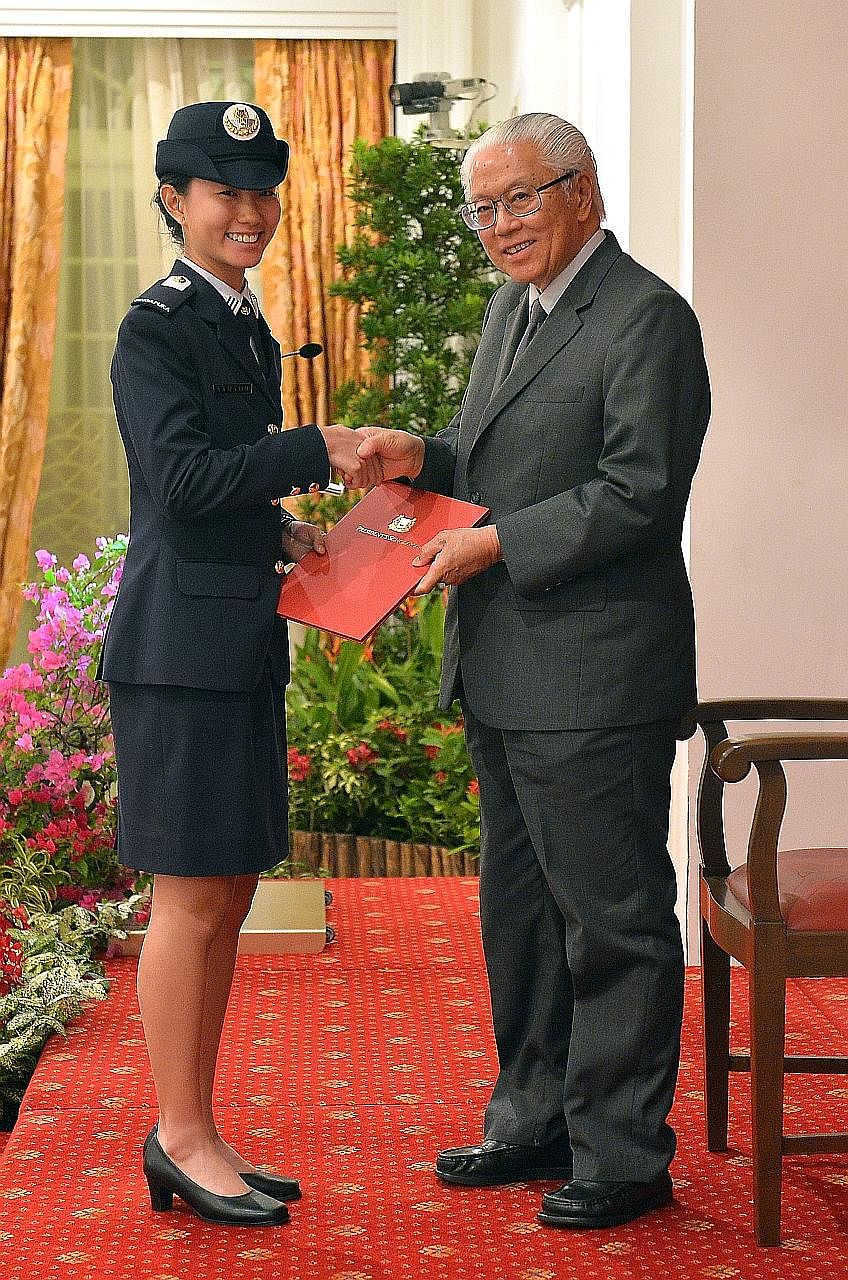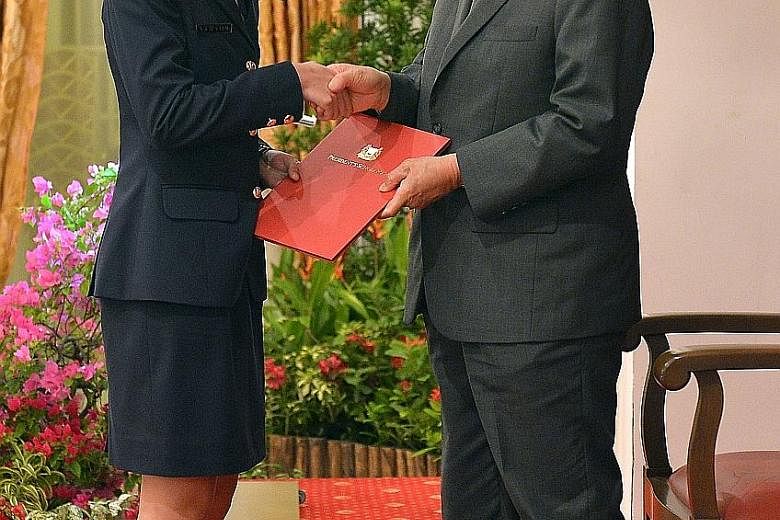Recently, the five recipients of this year's President's Scholarship were announced in the media. Among them, 19-year-old Natasha Ann Lum attracted the most attention. She is only the second female recipient of the joint Singapore Armed Forces Scholarship and the President's Scholarship in the past 20 years.
She is also the first student of Pioneer Junior College to be awarded the President's Scholarship. As the first chairman of Pioneer JC's board of directors and having served a total of 12 years, the fact that such honour has been achieved by a Pioneer JC student gives me reason both to be very happy as well as to reflect.
Singapore has always prized "brand name" or top schools. Frankly, Pioneer JC is a young institution and not a brand-name school. However, with the continuous hard work of the founding principal, the hard-driving Mr Kwek Hiok Chuang (who was later transferred to be principal of Nanyang Junior College), and current principal Tan-Kek Lee Yong, it has managed to nurture excellent students like Miss Lum. This achievement is worthy of thought and reflection.
As far as I am aware, Pioneer JC has always placed emphasis on the co-curricular activities of its students instead of a strict focus on academic courses alone. When renowned author You Jin initially taught Chinese at Pioneer JC, she encouraged students to set up magazines and engage in creative writing. Mr Kwek was very supportive of her teaching methods.
Pioneer JC often leads its students on visits to China, broadening their horizons. It also organises knowledge camps as well as visits to Ee Hoe Hean Club, the Pioneers' Memorial Hall and the Sun Yat Sen Nanyang Memorial Hall to foster understanding of historical figures such as Tan Kah Kee and Sun Yat Sen.
Such activities contribute to a holistic education that broadens students' outlook on life as well as their knowledge base. I have also encouraged some Nobel laureates to visit Pioneer JC when they are in Singapore for seminars or conferences. Such visits enable students to have face-to-face interaction with these pre-eminent figures in the scientific community.

Pioneer JC was established in 2000 at its first campus in Jurong before it moved to Choa Chu Kang. After moving, I suggested that air-conditioning be installed in the school hall to improve the environment. At the same time, classes for art, music and physical education were emphasised to enable students to achieve a more balanced development in fields such as the humanities as well as on the physical level.
If students, for various reasons, fail to gain entry into Raffles Institution or Hwa Chong Institution and other top schools, they should not be discouraged. With confidence, students may still achieve outstanding results, as may be seen in Miss Lum's case, which serves as a good example for all.
This is not restricted to secondary schools but applies to universities as well.
You may not have entered a first-rate college, but this does not mean you cannot obtain first-rate results.
Take for example the winners of the 2014 Nobel Prize in physics. The prize was awarded to three Japanese scientists: Isamu Akasaki, Hiroshi Amano and Japanese-American scientist Shuji Nakamura.
All three Japanese scientists did not graduate from Japan's top universities. Two of them graduated from Nagoya University while the third was a graduate from the University of Tokushima.
The winners of the 2008 Nobel Prize in physics were also three Japanese scientists: Japanese-American Yoichiro Nambu and two native Japanese scientists, Makoto Kobayashi and Toshihide Maskawa. Both native Japanese scientists graduated from Nagoya University and completed their scientific studies and research in Japan.
These examples tell us that we should not be too obsessed with studying and doing research at top-level universities. Scientific research should not be a matter of following suit. The most important thing is to have confidence in our education and research environment.
We should start getting rid of the mentality surrounding brand-name schools from the secondary school level. Every individual reaches his or her peak at different times.
A student should not lose confidence simply because he or she fails to gain entry to a brand-name school due to a moment of neglect or carelessness. Instead, students should always be prepared to work and study with confidence because success will eventually be theirs.
•The writer is chairman of World Scientific Publishing and director of the Institute of Advanced Studies, Nanyang Technological University.
•This article first appeared in the Chinese language daily Lianhe Zaobao.

